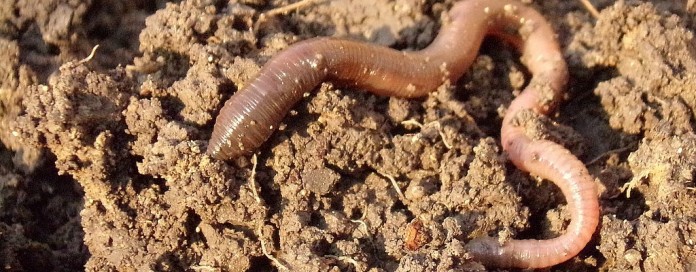In a recent, totally unscientific survey of friends, neighbors and acquaintances I discovered that nine out of 10 people who had completed at least a 6th grade education had, at some point, dissected an earthworm as part of their curriculum. The 10th person had actually fainted at the beginning of the process and was excused from the exercise.
As an educator who has recently re-careered into the field of natural resource conservation, I was interested in learning exactly what those one-time students had carried away from the experience.
“I learned that pickled earthworms smell like socks,” said one respondent.
“I learned that earthworms can be injected with latex to make them more attractive on the inside than they are on the outside,” said another.
“I learned that earthworms have five hearts, a brain the size of a pinhead and both boy and girl parts in every worm,” said my youngest respondent — a recent graduate of elementary school who had undoubtedly gained the most from her experience.
When pressed further about the value of the lesson, it became quickly apparent that while nearly all of us have had the opportunity to learn the anatomy of an earthworm, very few have been apprised of the creature’s place in the natural world or its nearly unparalleled importance to the human race in terms of growing food.
Charles Darwin, one of the greatest scientist and biological theorists of his time, thought enough of the lowly earthworm to spend nearly four decades of his life considering its impact. Darwin ultimately concluded that few organisms had “played a more critical role in the history of the world.”
Merely by force of their day-to-day existence, earthworms alter and enhance the chemical, physical, and biological make-up of the soil. Alongside bacteria and fungi, earthworms work to decompose organic material making nutrients available to plants. Earthworms carry the process a step further quite literally by physically incorporating those nutrients throughout the soil during their movements.
As earthworms feed at or near the surface and move more deeply into the soil profile for shelter from sunlight, dehydration and predation, they carry nutrients with them to deposit as a casts near the roots of growing plants. Nutrients that have passed through the digestive system of earthworms have been found to be much more readily available for use by plants.
Living plow
Through this same cyclical process of “feeding high and burrowing low,” earthworms actually work to physically improve soil structure by enabling pathways for aeration, water infiltration and root penetration — an effect Darwin likened to that of a living plow.
All of these benefits taken together certainly confirm the impact and importance of the earthworm in our world. Yet, the versatile earthworm with all of its heroic attributes will not likely lose its spot on the dissection table, or in the fish bait can, anytime soon. Call it the earthworm’s own curse of being too good at too many things.













